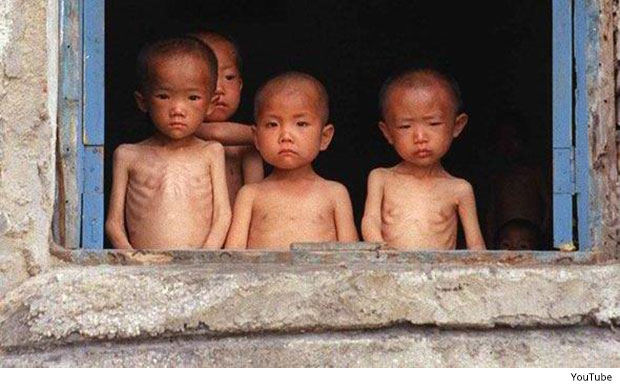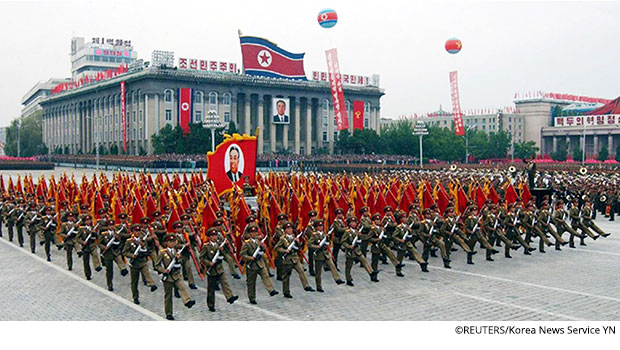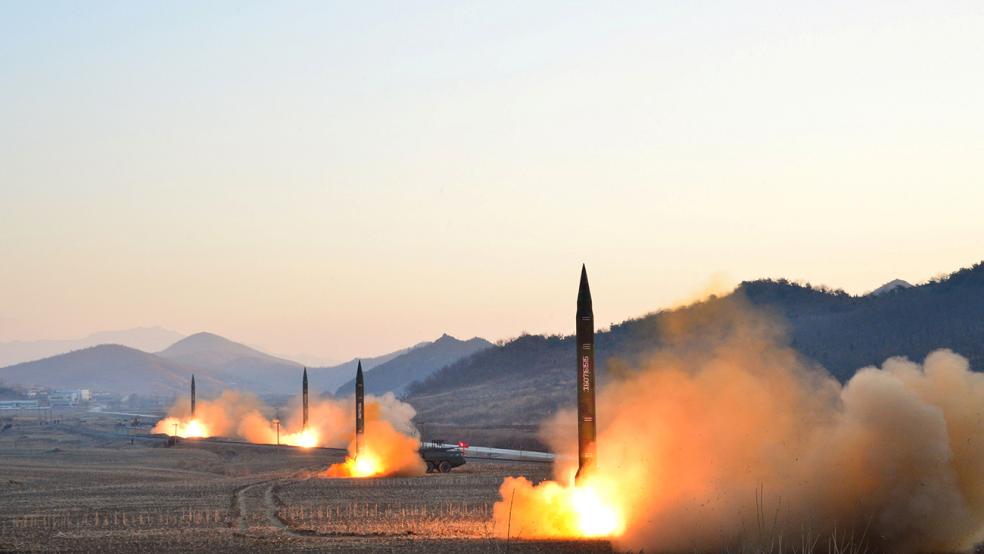America’s pivot to Asia under the Obama administration has developed sharper elbows under Trump.
This trip ostensibly is a diplomatic sweep of key countries to discuss many issues, including trade. But everyone has been provoked by an unstable North Korean dictator who appears to want to do more than test his growing supply of illicit nuclear weapons — he wants to use them. His threats are changing how other countries in the region are responding to the North Korean menace.
The United States has sent naval vessels to the South China Sea and deployed its Terminal High Altitude Area Defense system (THAAD) to South Korea. That is irritating China, which has been building up its presence in the area. Japan has fortified its naval capability, presumably with anti-missile capability on board its new ships.
But Kim Jong-un, North Korea’s erratic president, has his own agenda and doesn’t seem to care that China doesn’t appreciate one of its satellite countries going rogue on nukes.
How should Tillerson handle a bad actor like Kim Jong-un? China, Japan and South Korea want to negotiate a deal. But Tillerson said Friday, “The policy of strategic patience has ended. We’re exploring a new range of diplomatic, security and economic measures.” He warned that the administration could take pre-emptive action “if they elevate the threat of their weapons program [to an unacceptable level]. All options are on the table.”
How did this happen? How did we get here?
- Japan ruled Korea from 1910 to 1945, when it was liberated at the end of World War II. That’s when Korea was divided. For three years, the Soviet Union occupied the North, teaching its new ruler, Kim Il-sung how to govern like Stalin. The U.S. occupied the South, teaching the precepts of democracy and capitalism.
- On June 25, 1950, 75,000 soldiers from the North Korean People’s Army invaded the Republic of Korea in the South, igniting the Korean War, which lasted for three years.
- In January 1968, the USS Pueblo, a Navy intelligence vessel, was captured as it was engaged in surveillance of the North Korean coast. There was a dispute over international waters, but the 83-man crew, some of whom had been wounded, were captured, tortured and made to confess.

- In 1985 North Korea signed the Treaty on the Non-Proliferation of Nuclear Weapons, along with what is now 190 countries.
- Eight years later, North Korea violated the treaty by firing a medium-range missile into the Sea of Japan.
- After ruling North Korea for 46 years, Kim Il-sung dies and the leadership passes to his son, Kim Jong-il in 1994.
- Kim Jong-il’s tenure is marked by four years of extreme famine, where as many as 3.5 million died of starvation or related illnesses.

- In 1998, North Korea fires its first long-range missile.
- With clear intentions to continue its nuclear program, North Korea officially withdraws from the Non-Proliferation Treaty in 2003, prompting the Six Party Talks aimed at ending North Korea’s nuclear ambitions through negotiations. The countries participating include China, the United States, South Korea, North Korea, Japan and Russia.

- In 2005, North Korea admits it has nuclear weapons and resumes testing of both warheads and missiles.
- The following year, North Korea tested a missile capable of hitting the United States and conducted its first underground nuclear test. The UN imposed an array of sanctions in 2006.
- After the death of Kim Jong-il, his son Kim Jong-un takes over in 2011 and accelerates the nuclear program, and sharpens the rhetoric threatening the United States.





